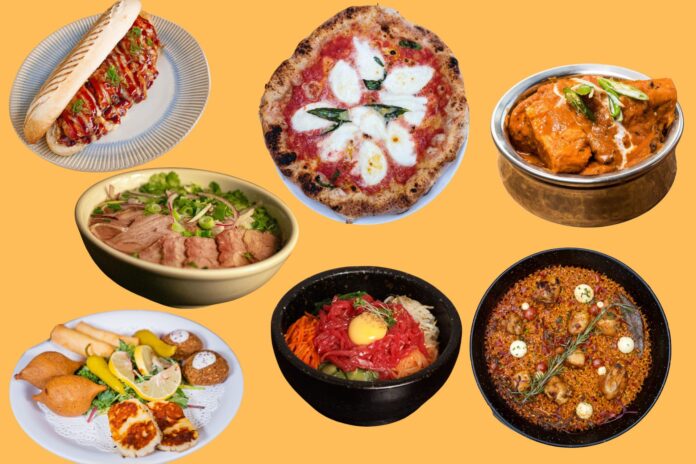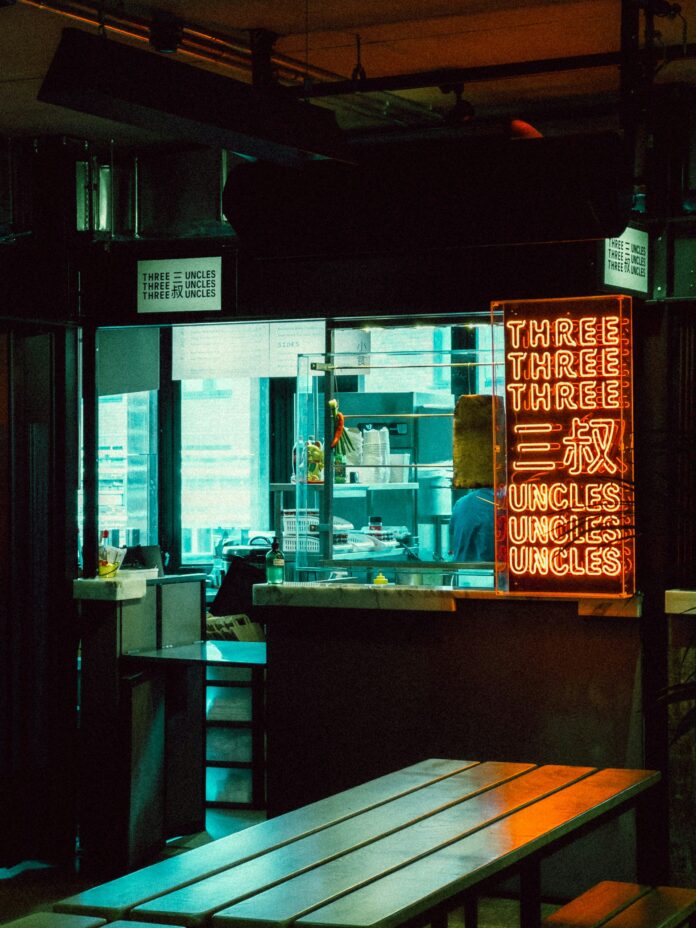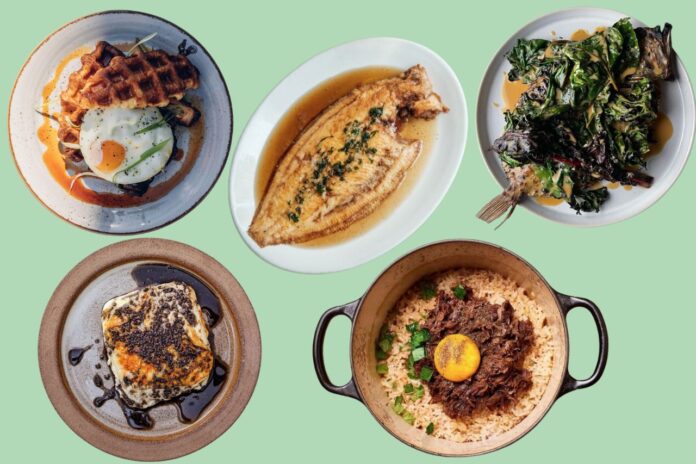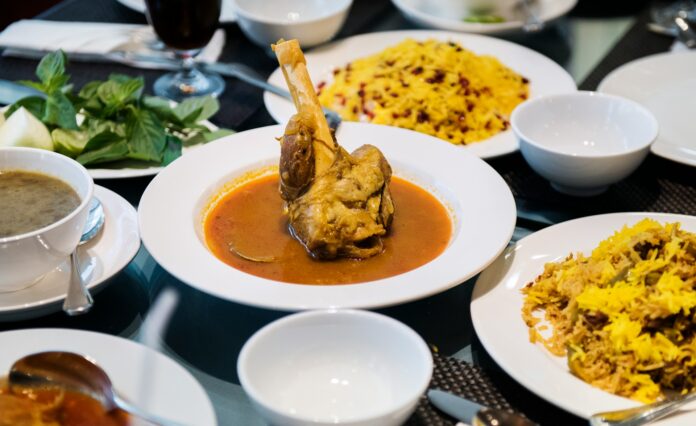Rome, the capital of Italy, is one of the most popular tourist destinations in Europe, with over 10 million visitors annually. The city is full of historic landmarks and buildings, such as the Colosseum, the Vatican City, and the Trevi Fountain. There’s also a wealth of art and culture to be found here, with museums such as the collection of Capitoline Museums and the Borghese Gallery.
With such a wealth of history, literature, architecture and amazing food to explore in the Eternal City, condensing your itinerary into a weekend or week-sized schedule can feel next to impossible. Writing an article about things to do in Rome with brevity and coherence can feel that way, too, so today, we’ve decided to tackle the city numerically.
Because why not? If you’re keen to explore Rome by numbers, here are 7 amazing things to add to your itinerary.
Take A Tour Of The One & Only Colosseum
The Colosseum is one of Rome’s most iconic landmarks and a must-see for any visitor to the city. The ancient amphitheatre, built by the Romans in 70-80 AD, is now a UNESCO World Heritage Site and is arguably the most iconic and renowned landmark here.
Rome’s most famous classical ruin is unmissable, metaphorically and physically speaking; it’s huge! But despite its size, there’s rarely room to swing a big cat here, and the Colosseum can get infamously crowded.
As the folks behind romecolosseumtickets.tours tell us, you’ll most likely have to put up with long lines, especially during the peak holiday season. They suggest going as early as possible, then, to appreciate the enormity of this marvellous structure from all angles without (relatively speaking) interruption.
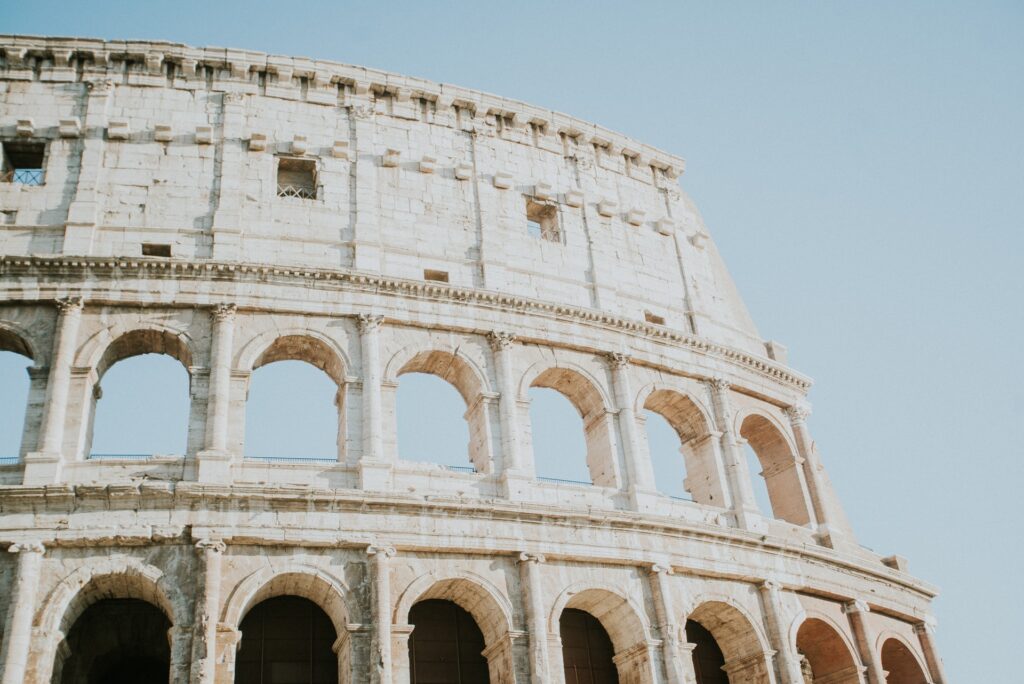
Watch The City’s Two Football Teams, Roma & Lazio, Live
Rome is home to two fiercely proud rival football teams, Lazio and Roma. They share a stadium, the magnificent Stadio Olimpico, whose architecture is a reason to visit unto itself.
If you have the chance to catch a match at the stadium during your stay, by all means take it. The atmosphere is unrivalled, the building itself stunning, and the history of the hallowed turf legendary. You just have one choice to make – will you be maroon red or sky blue?
Serie A fixtures are played in the early afternoon, late afternoon and early evening on both Saturdays and Sundays, though traditionally, most matches kick off on Sundays at 3pm. The good news is that since the stadium is shared by these two Roman giants, one of either Rome or Lazio will be playing at home every gameweek.
Ponder The Holy Trinity In St. Peter’s Square, The Vatican
The Vatican, sitting inside of Rome and operating as an independent state, is the world’s capital of Catholicism.
It’s in the Vatican’s St. Peter’s Square that many tourists head to first, looking to soak up the magnificent architecture, statues and sculpture, and appreciate one of the world’s oldest religions first hand.
At the end of the square, there’s the spectacular St. Peter’s Basilica, which you can enter for free. Do be aware that you’ll have to pay a small fee to access the dome (€8 if you take the stairs, or €10 if you take the elevator) from where you will be able to enjoy a splendid view of the entire city. Worth the contribution, we think.
If you’re keen to see the Pope himself, then you should go to the square on the week’s third day, Wednesday, when he delivers his General Audience address.

Try All Four Of Rome’s Famous Pasta Dishes
Though there’s a vast variety of pasta dishes all over the city, Rome is particularly famous for its four key, classic pasta preparations- cacio e pepe, carbonara, amatriciana, and alla gricia – each of which is a variation of the other. This leads to a thrift of ingredients and efficiency of time management that the Romans pride themselves on. We’ll defer to the experts at Great Italian Chefs for a brief history of these four dishes and a breakdown of just how to cook them perfectly.
Enough of how to cook these four iconic pasta dishes… You want to know where to eat them, right? With so few ingredients and such deceptively simple bowlfuls, there’s nowhere to hide with cacio e pepe, carbonara, amatriciana, and alla gricia, and we have to be honest, there are some pretty mediocre versions in the city.
If you’re after the real thing (get on with it already!) then Hosteria Grappolo d’Oro, close to Piazza Navona, does arguably the finest carbonara in Rome. Another popular choice among the food cognoscenti of the city is Da Gino al Parlamento, not far from the Pantheon. While the alla gricia here is certainly good, their bucatini amatriciana is particularly revered.
And if it’s carbonara you’re after, check out Ristorante Roma Sparita, declared by the late chef Anthony Bourdain when he visited Rome as being the best rendition in the city.
Read: 5 IDEAL steps to the IDEAL spaghetti carbonara
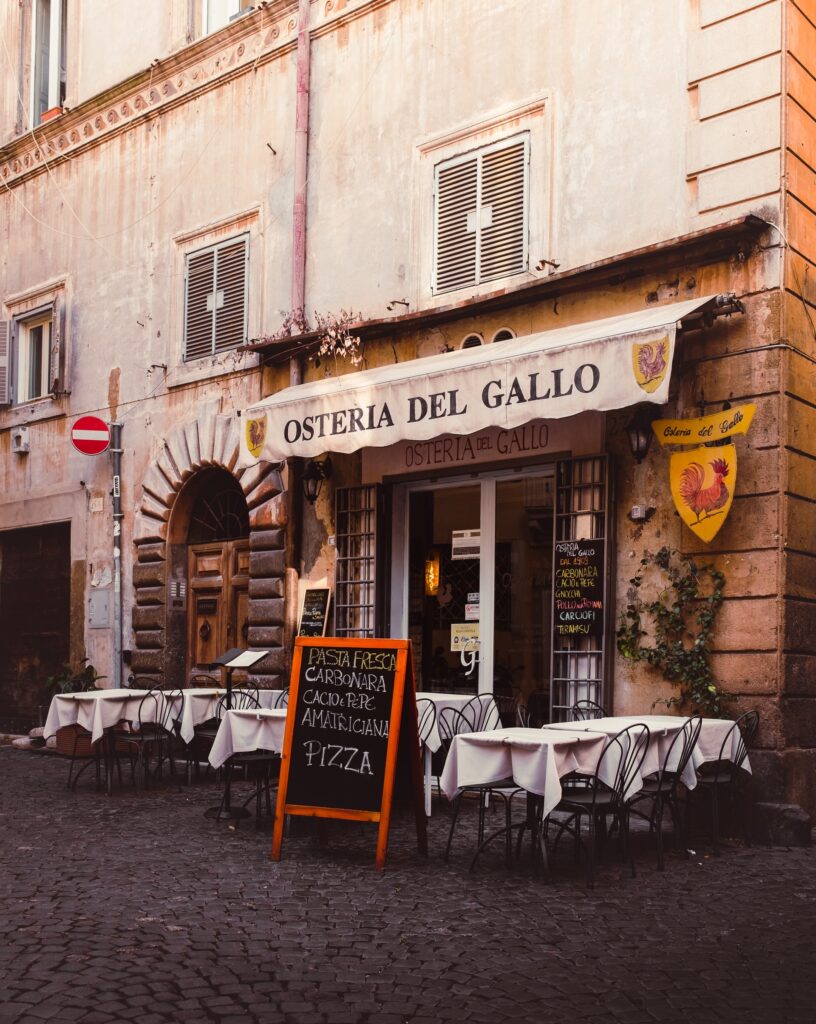
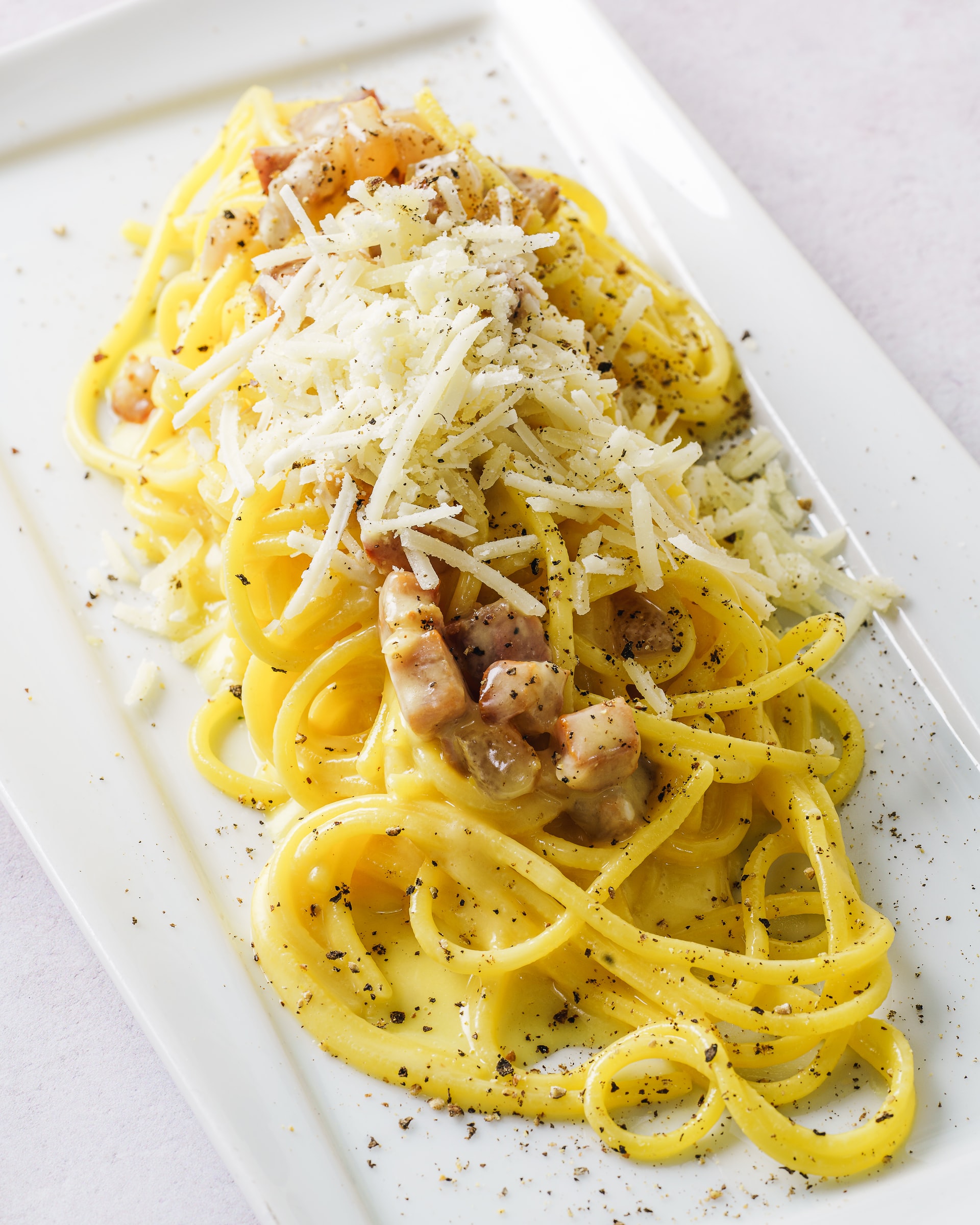
Sample Rome’s Fifth Quarter
There’s an offal lot of offal in Roman cuisine (sorry). Back in the day, slaughterhouse workers in Rome would be given the “quinto quarto” or “fifth quarter” as a perk of their job. This was basically all the parts of the animal that no one else wanted such as intestines, tails, organs and other innards.
As a result, many quinto quarto recipes were developed and a new part of Roman cuisine was born. Indeed, some say you haven’t eaten properly in Rome until you’ve enjoyed some offal.
For some of the best, head to Testaccio, the neighbourhood where many of the most famous offal dishes came from. Some of the best offal offerings include trippa alla romana at (stewed tripe in tomato sauce) pajata (calf intestines with the mother’s milk still inside) and coda alla vaccinara (braised oxtails).
See The Six Sites Of Piazza Navona
Okay, so we have to admit we’ve gotten a little bogged down with the whole numbers thing by now, but we’ve almost made it to the end in one piece.
Next, we’re heading to Piazza Navona, one of Rome’s most beautiful central squares. Built under Emperor Domitian in 86 AD, it was originally intended to be a venue for sporting events, and the square still maintains the shape of a stadium but where spectators used to sit, buildings now stand.
Piazza Navona is home to three famous fountains – the Fontana del Moro, Fontana dei Quattro Fiumi, and Fontana di Nettuno (the Fountain of Neptune). The square also boasts three palazzo, which in Italy simply refers to large, ornate buildings which are often, but not always, palaces. In Piazza Navona, These are the Museum of Rome (Palazzo Braschi), as well as Palazzo de Cupis and Palazzo Torres Massimo Lancellotti.
And with three fountains and three palazzo, that makes six sites all housed within a single square!
Scale The City’s Seven Hills
We simply had to end here, at one of the city’s great peaks, surveying Rome from on high.
The ancient city of Rome was built on seven hills, and to this day, they provide some of the finest views of the city. And the best part? If you’ve the calves for the climb, the whole experience is free!
In fact, the climb itself is something every visitor to Rome should experience (or endure), with hawkers peddling wares, tourists clambering over one another, and steep, rugged steps presenting as many obstacles as they offer assistance.
Palatine Hill is the most central of the seven hills which Rome stands proudly on. Although it’s mostly covered in ruins, it still has some intact structures, such as the Temple of Cybele and the Flavian Palace. Giancolo is the tallest, and the historical centre of the city is in direct view; ideal for appreciating the city’s most renowned spectacle with a little more elbow room.
With all that clambering and climbing, we think you’ve earnt another bowl of pasta. Which of the big four takes your fancy this time?

